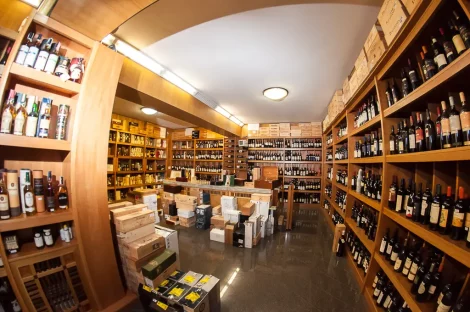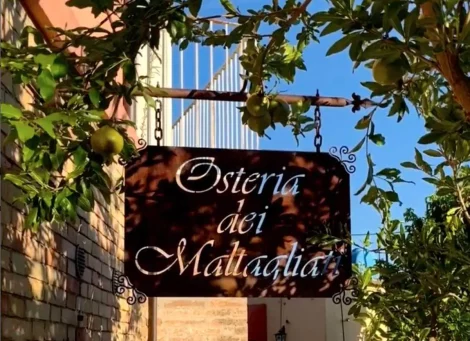There are those who travel for museums, those for restaurants, and others for vintage markets. And then there are those who set off to visit a garden. But which gardens are worth a journey in and of themselves? The New York Times set out to answer this question with a ranking curated by six international landscape experts, including architects, garden designers, and historians of botanical art. After four hours of discussion, starting from over 50 candidates, the panel selected the 25 most spectacular gardens in the world, publishing the list in the magazine T.
Not necessarily the best known or most crowded, but those that meet deeper and more meaningful criteria: the ability to astonish, the strength of the landscape design, cultural and symbolic impact, botanical beauty and, in some cases, boldness. Each garden was discussed in detail, evaluated for what it expresses and how it creates a unique experience that is not only aesthetic, but also emotional, sensory, even spiritual.
Among the 25 selected, Italy stood out with five very different places. Not only Renaissance villas, but also experimental and poetic gardens where nature becomes story and vision.
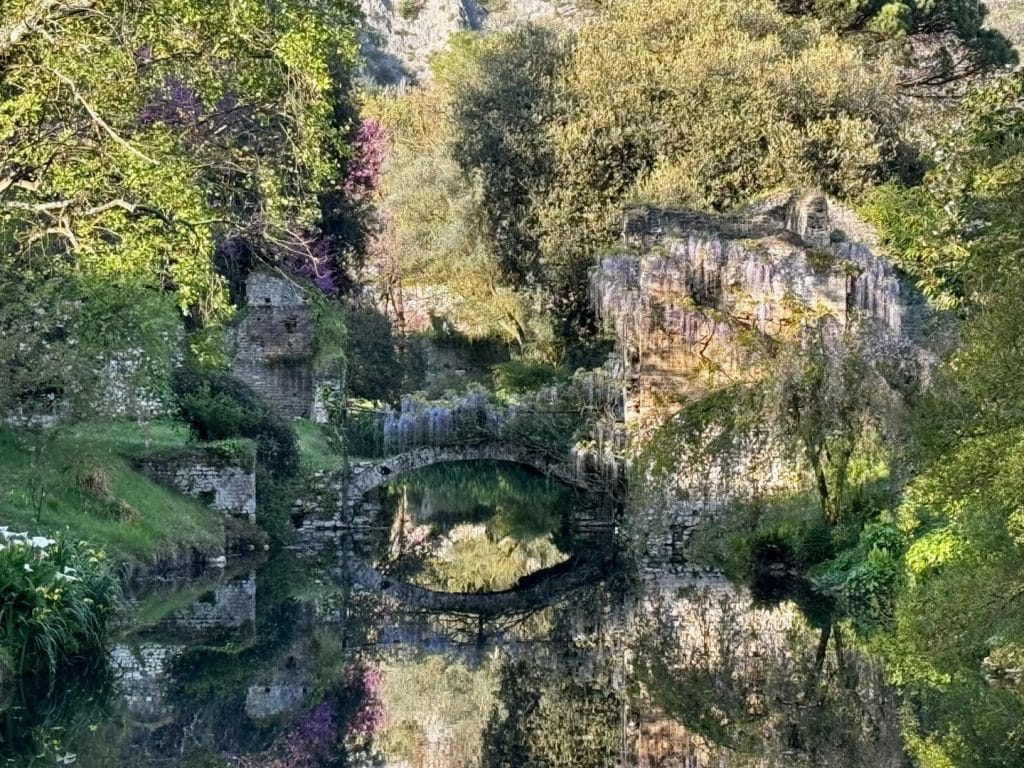
Giardino di Ninfa
An hour from Rome, between the Lepini mountains and the Pontine plain, lies one of the most evocative gardens in Europe: the Garden of Ninfa. It rises from the ruins of a medieval city abandoned in the 14th century, among towers, crumbling churches, and stone bridges. At the beginning of the 20th century, the Caetani family decided not to rebuild, but to let what remained speak for itself, enriching it with rare plants, flowering trees, wisteria, magnolias, Japanese maples, and bamboo. The result is a romantic and untamed garden, where nothing appears planned and yet everything is in perfect harmony.
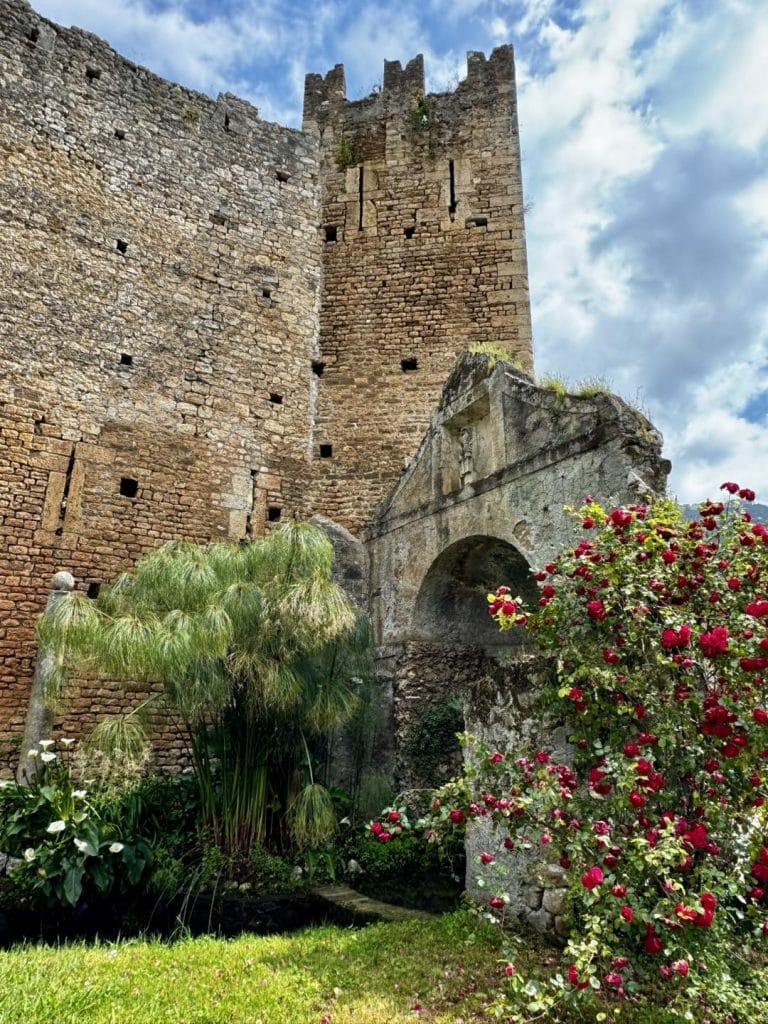
The microclimate, enhanced by numerous water springs, allows over 1,300 botanical species to coexist. Open to visitors only during certain times of the year, Ninfa is now a protected natural monument. "It’s the kind of garden you could never replicate — unless you had a medieval village of your own," the NYT experts comment.
Villa Gamberaia
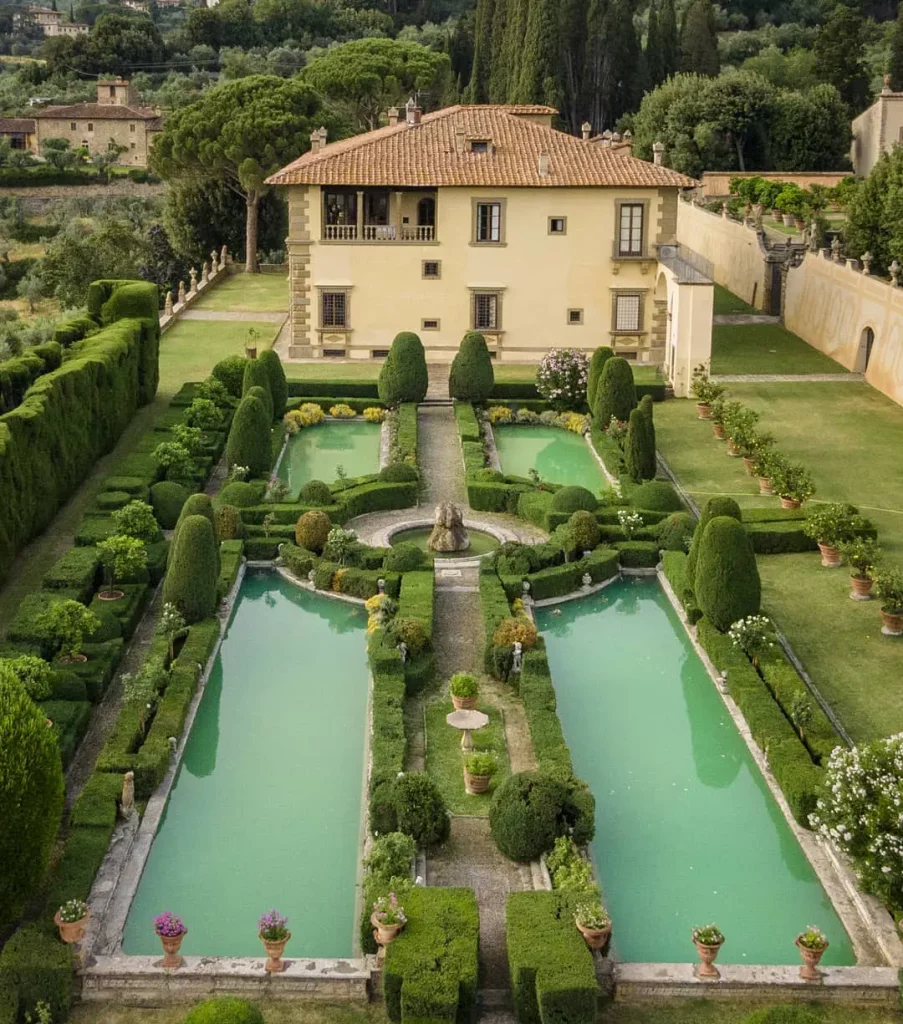
In the hills of Settignano, just minutes from Florence, Villa Gamberaia is a masterpiece of landscape elegance. Built in the early 17th century, the villa and its garden represent a rare model of balance between architectural rigour and natural beauty. Everything is calibrated, measured, silently spectacular. The garden unfolds over a series of panoramic terraces overlooking the Arno valley, drawing perfect geometries with boxwood hedges, rectangular pools, and shaded paths. Among the most scenic features is the famous parterre d’eau, a system of basins and reflecting pools that mirror the sky and cypresses, enhancing the theatrical effect of the landscape.
There are also more intimate and curious features, such as the grotto of rockwork, the long lawn known as the “bowling green” ending in a nymphaeum, the lemon house, and the cypress exedra. Each space is designed to dialogue with the villa and with the Tuscan landscape beyond. Villa Gamberaia is not among the most famous gardens in Italy, but it is among the most studied and admired by architects and landscape designers worldwide. Those fortunate enough to visit come away struck by a sense of absolute balance, as if every leaf were in its rightful place. A garden “on a human scale” that teaches one to observe slowly.
Villa d’Este
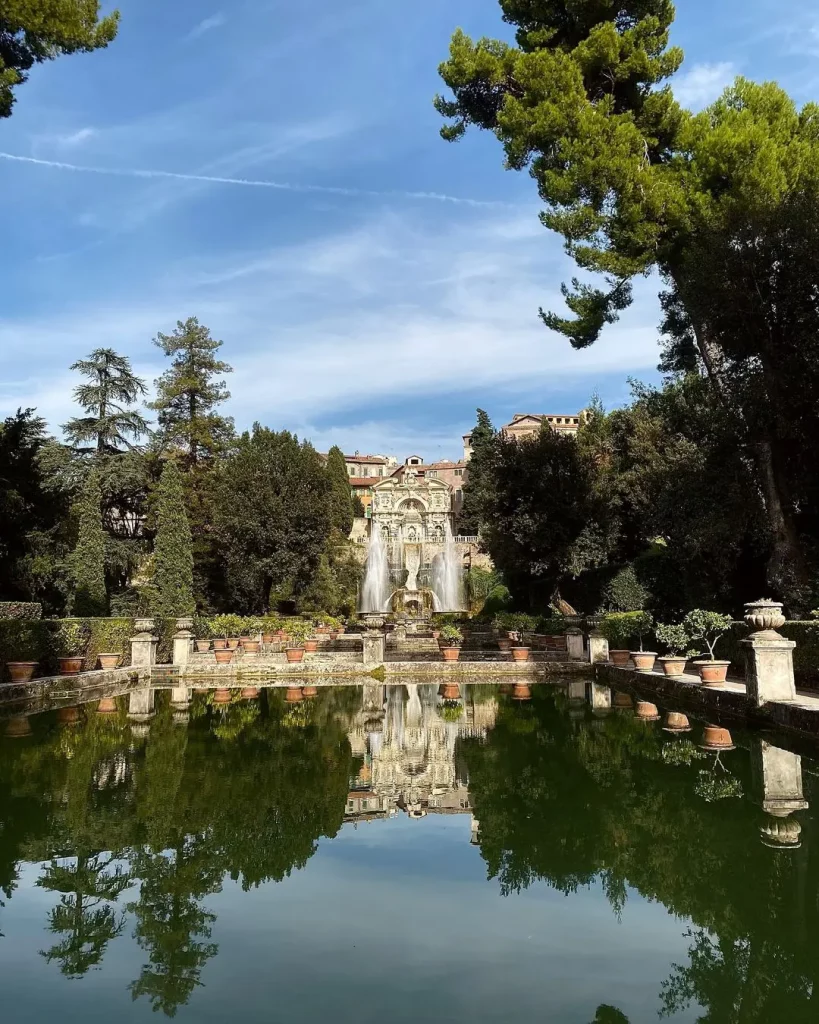
Less than an hour from Rome, Villa d’Este in Tivoli is one of the absolute masterpieces of the Italian Renaissance. Commissioned in 1550 by Cardinal Ippolito II d’Este, son of Lucrezia Borgia, the villa was designed by architect Pirro Ligorio and built atop an ancient Benedictine monastery. Its garden, arranged in descending terraces, is famous for its ingenious hydraulic system powering over 500 water features, including fountains, cascades, and basins — all functioning without pumps, purely by gravity.
Among the most iconic fountains are the Fountain of the Organ, which plays music via a hydraulic mechanism, and the Fountain of the Oval, with its theatrical scenography. The Avenue of the Hundred Fountains, about one hundred metres long, is lined with a sequence of masks and jets representing the rivers Albuneo, Aniene, and Ercolaneo. In 2001, Villa d’Este was declared a UNESCO World Heritage Site for its extraordinary combination of art, nature, and hydraulic engineering. Today, the villa is open to the public, offering visitors a sensory journey through Renaissance architecture, the sounds of water, and breathtaking views of the Roman countryside.
Sacro Bosco di Bomarzo
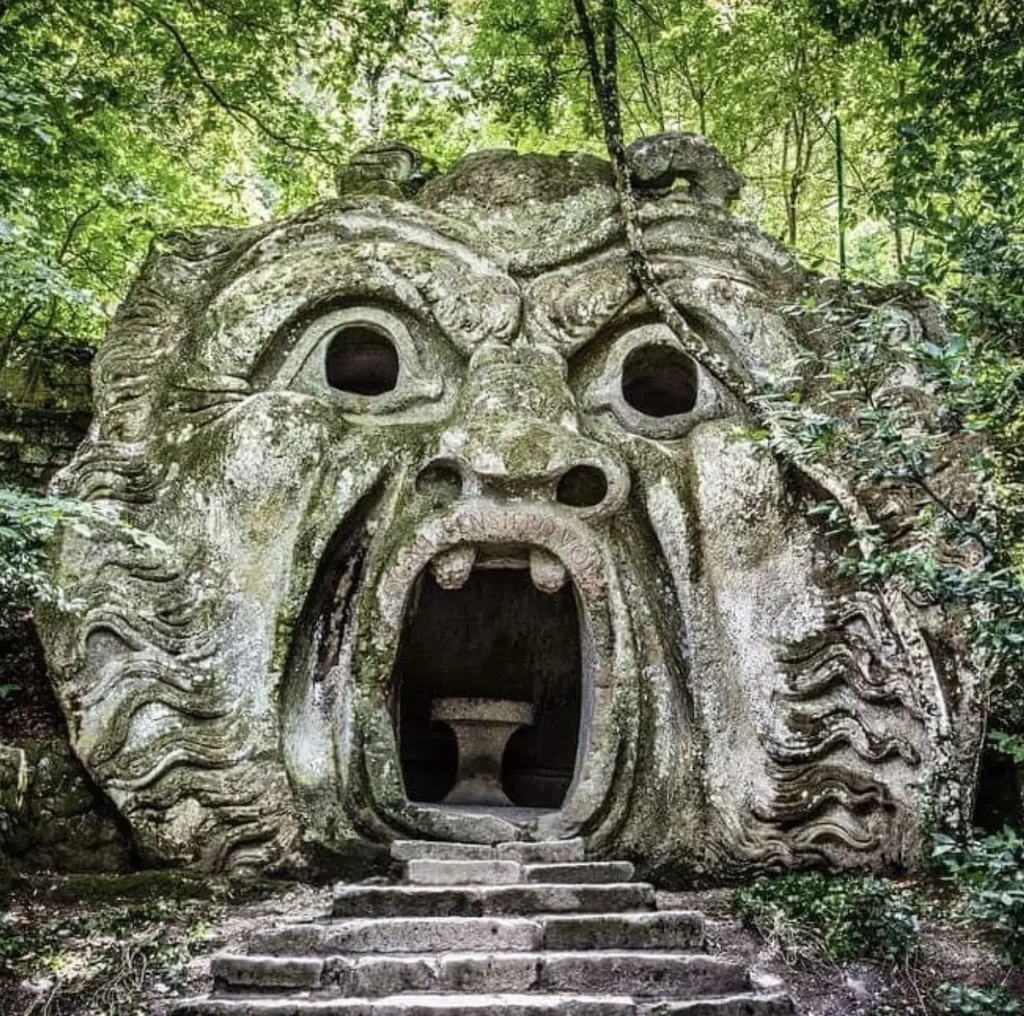
Hidden among the hills of Tuscia, in Bomarzo (VT), the Sacro Bosco — also known as the Park of the Monsters — is one of the most enigmatic places of the Italian Renaissance.
Conceived in 1552 by Pier Francesco Orsini, known as Vicino, and designed by architect Pirro Ligorio, the park was intended as a labyrinth of symbols, an allegorical journey through colossal sculptures and impossible architectures carved into local peperino stone.
Far from the symmetry of Renaissance gardens, the Sacro Bosco unfolds irregularly, populated by sphinxes, dragons, ogres, and mythological figures. Among its most famous works are the Ogre with its gaping mouth, the Leaning House, and the Elephant crushing a warrior. Enigmatic inscriptions and grotesque sculptures invite the visitor on an initiatory path, between wonder and introspection.
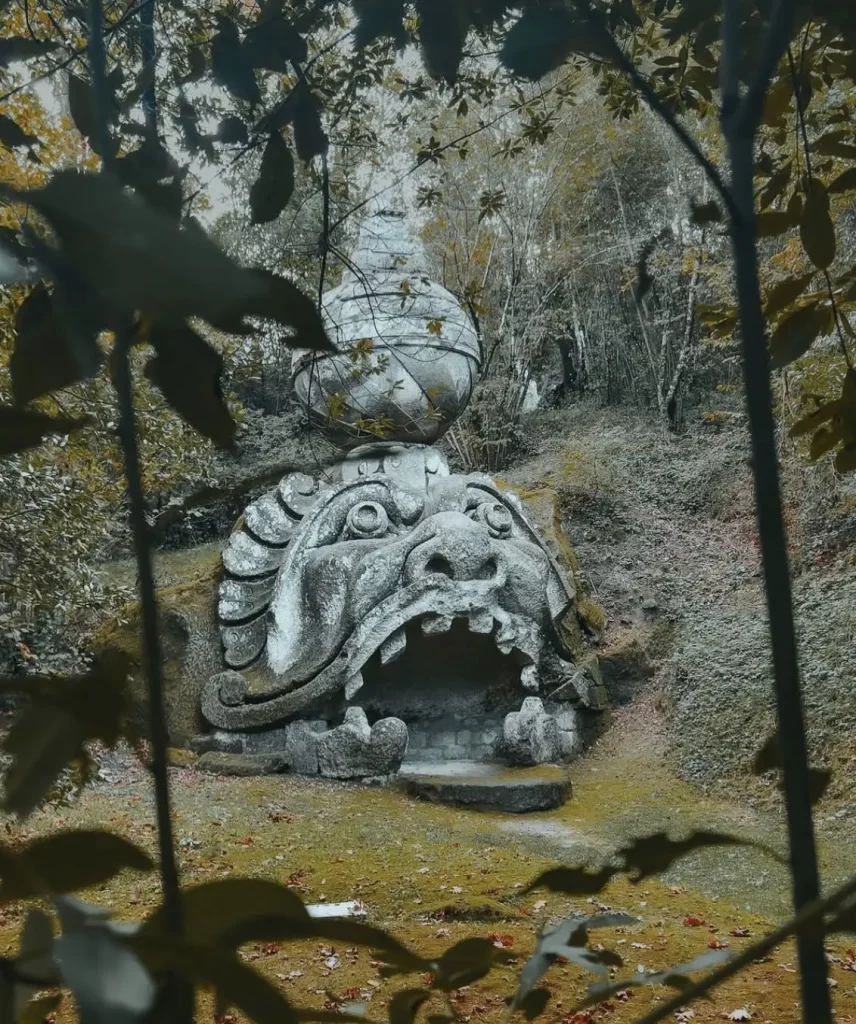
After centuries of neglect, the park was rediscovered in the 20th century, captivating artists like Salvador Dalí and inspiring literary and musical works. Today, the Sacro Bosco is open to the public, offering a unique experience of art, nature, and mystery.
Villa Silvio Pellico

In Moncalieri, overlooking the plains of Turin, Villa Silvio Pellico is one of the lesser-known gems of the Italian landscape. Once the residence of the Falletti di Barolo family, the villa takes its name from the famous writer and patriot who stayed there in the 19th century, immersed in the quiet of the Piedmontese countryside. But it was in the 20th century that its garden gained prominence, thanks to the intervention of Russell Page, one of the most important landscape designers of the last century.
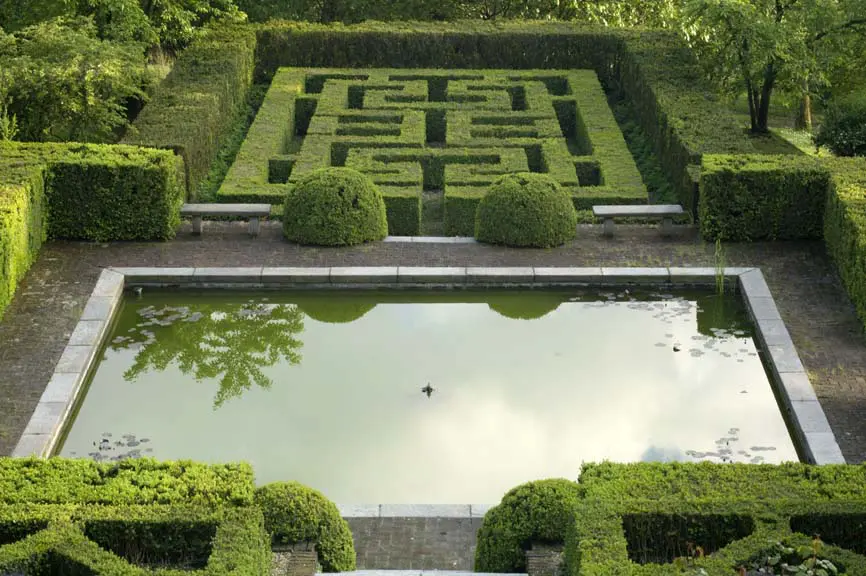
The garden is conceived as a painting to be contemplated. Organised along a central perspective axis, it is composed of geometric parterres, sculpted hedges, water mirrors and reflecting pools that dialogue with the villa’s neoclassical façade. The design is measured, rigorous, and yet welcoming: every element is intended to guide the gaze, invite pause, suggest balance.
It is not a monumental garden, but an intimate composition, built on subtle contrasts and a masterful use of light and perspective. The arrangement of the plants, the alternation of fullness and emptiness, the play of vegetal volumes — all follow a silent but powerful logic.

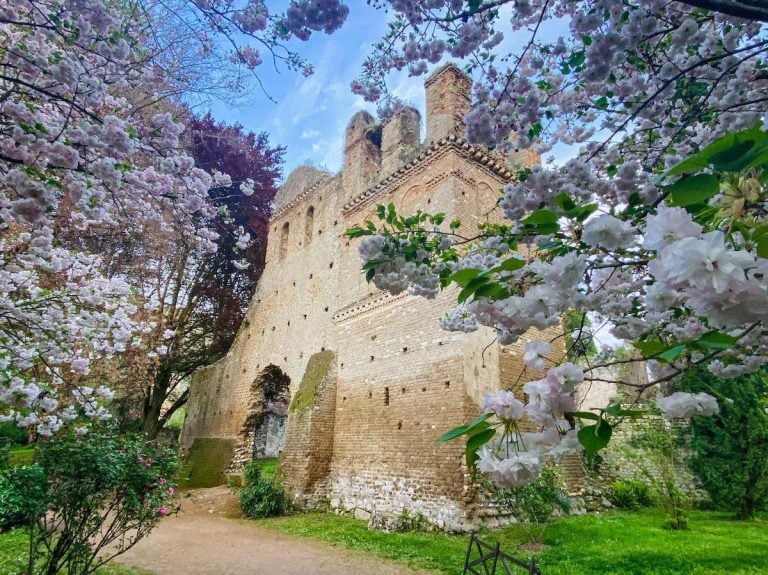
 The social media star resurrecting Italy's forgotten culinary classics
The social media star resurrecting Italy's forgotten culinary classics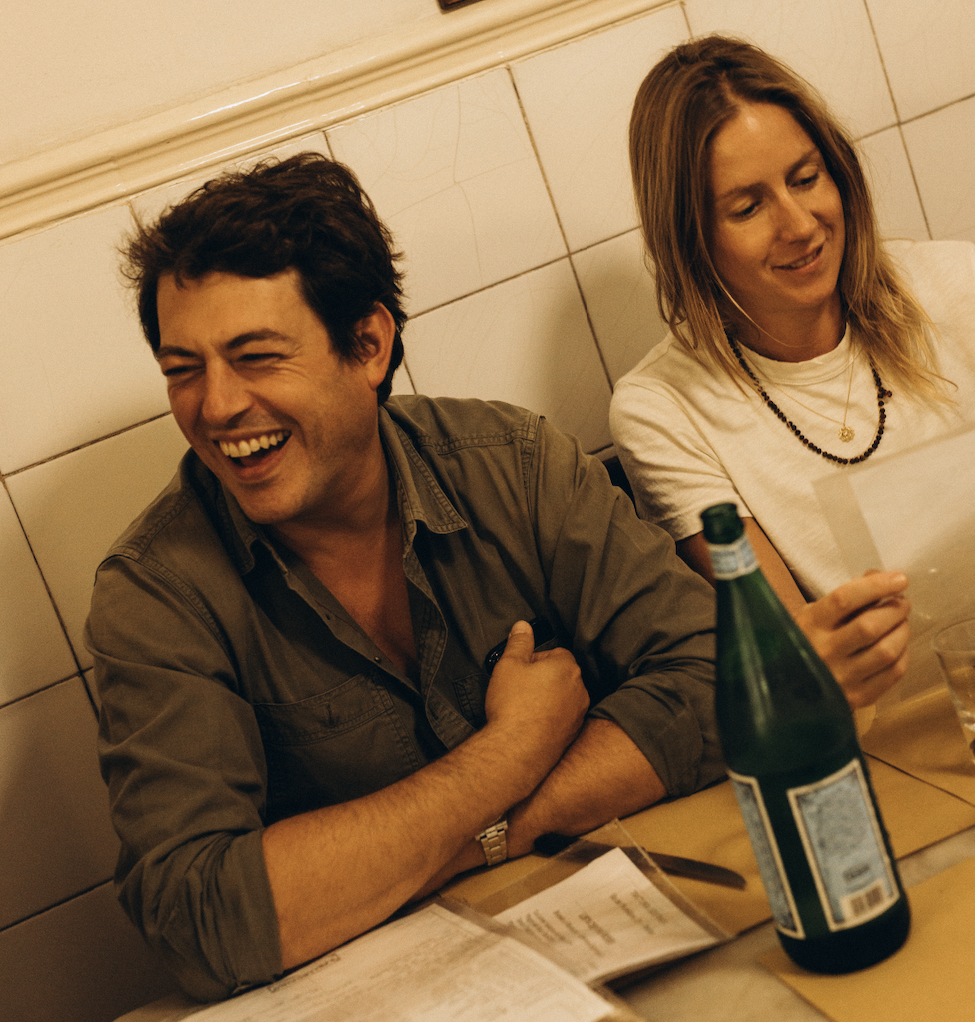 Giovanni Mazzei brings a taste of Florence to London
Giovanni Mazzei brings a taste of Florence to London Burgundy dominates but Italy is rising: a look at London's fine wine trends
Burgundy dominates but Italy is rising: a look at London's fine wine trends Costco Prosecco recalled over exploding bottle fears
Costco Prosecco recalled over exploding bottle fears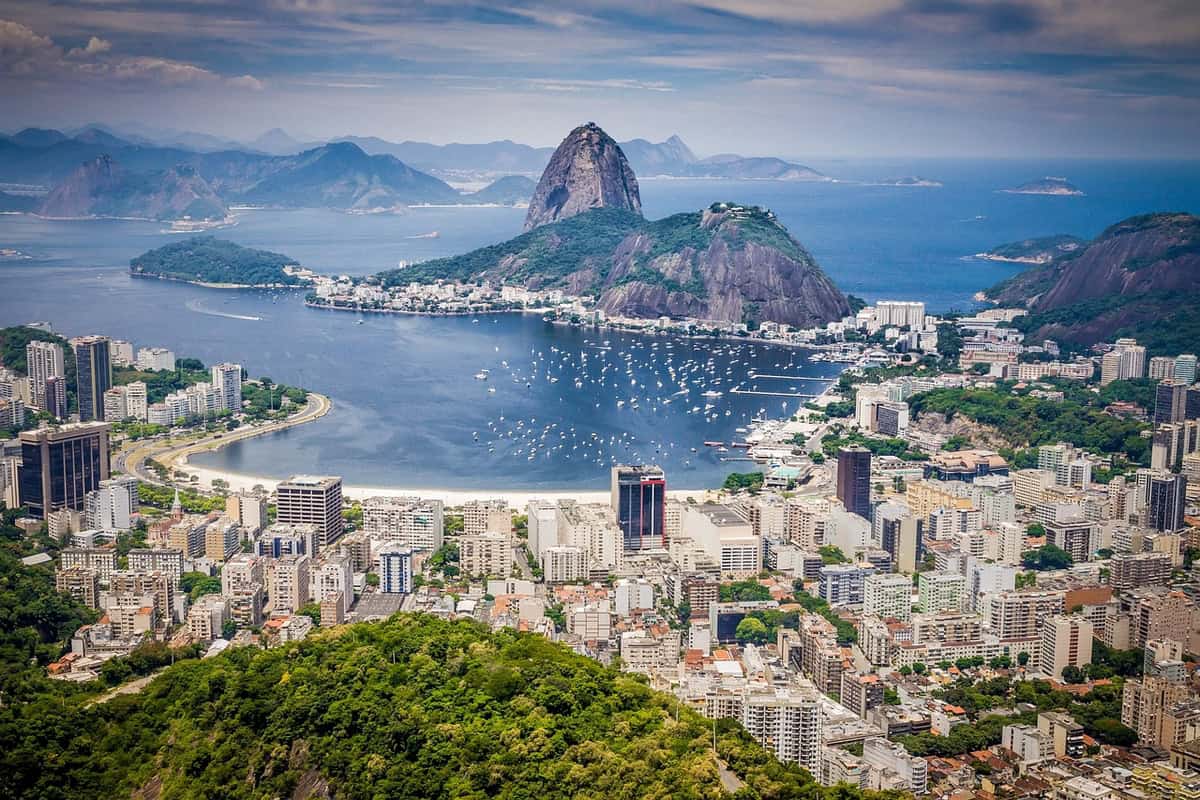 The Consorzio Vino Chianti heads to Brazil: “An attentive public and a dynamic market”
The Consorzio Vino Chianti heads to Brazil: “An attentive public and a dynamic market”
